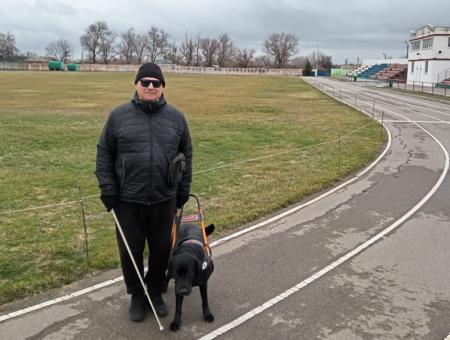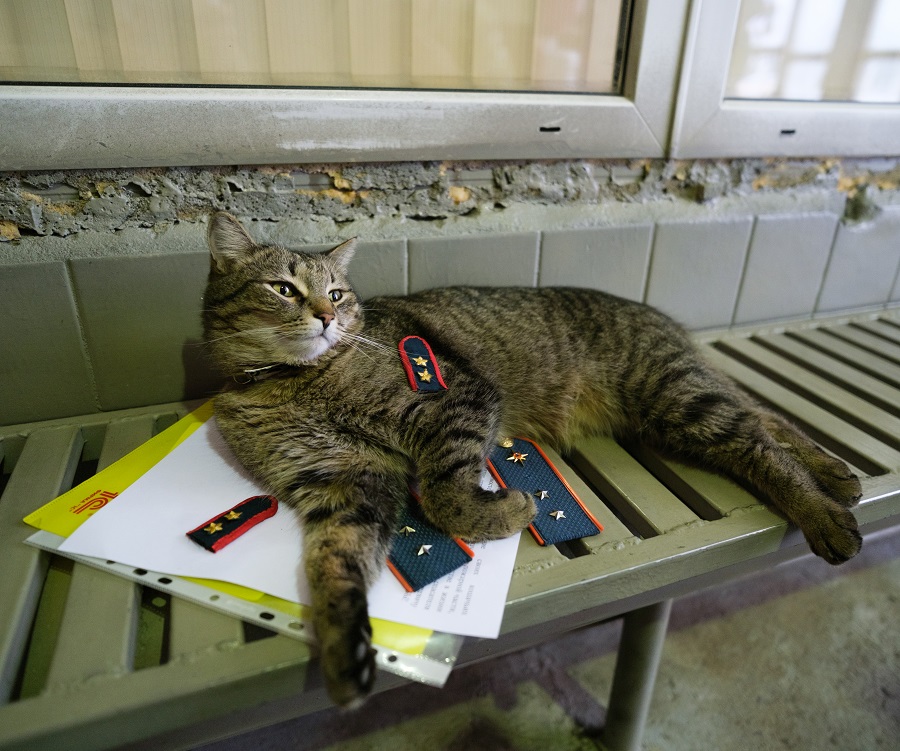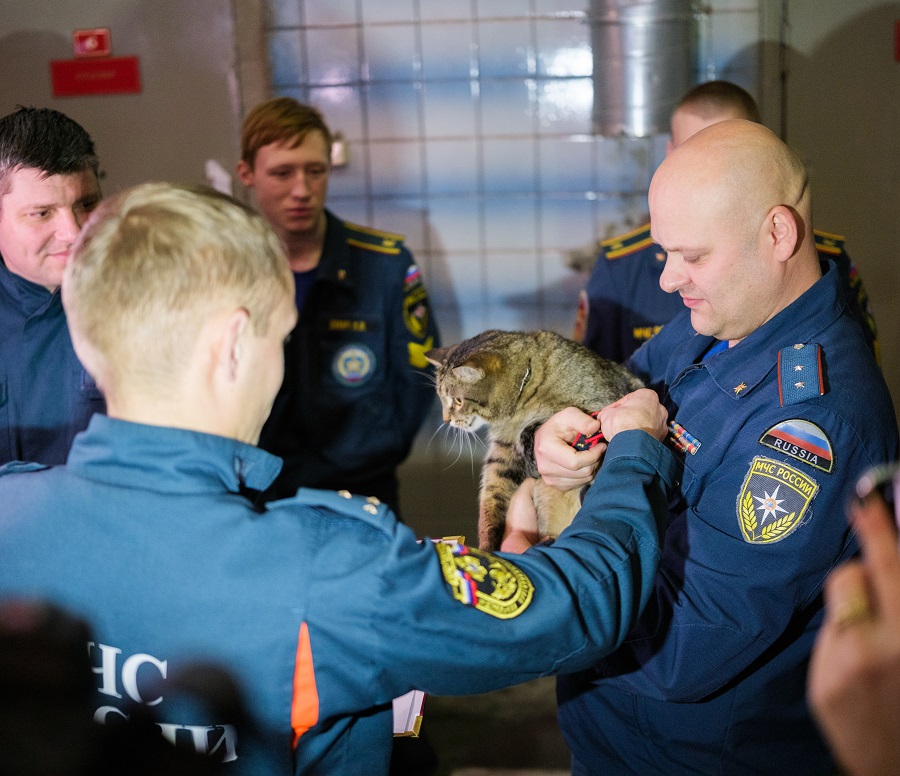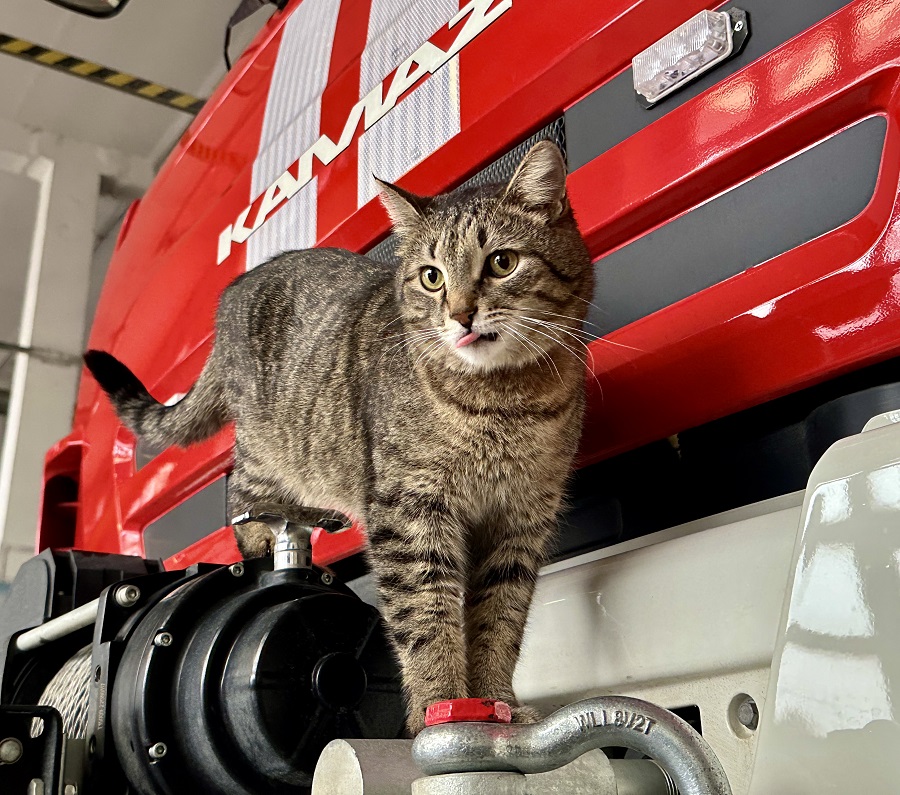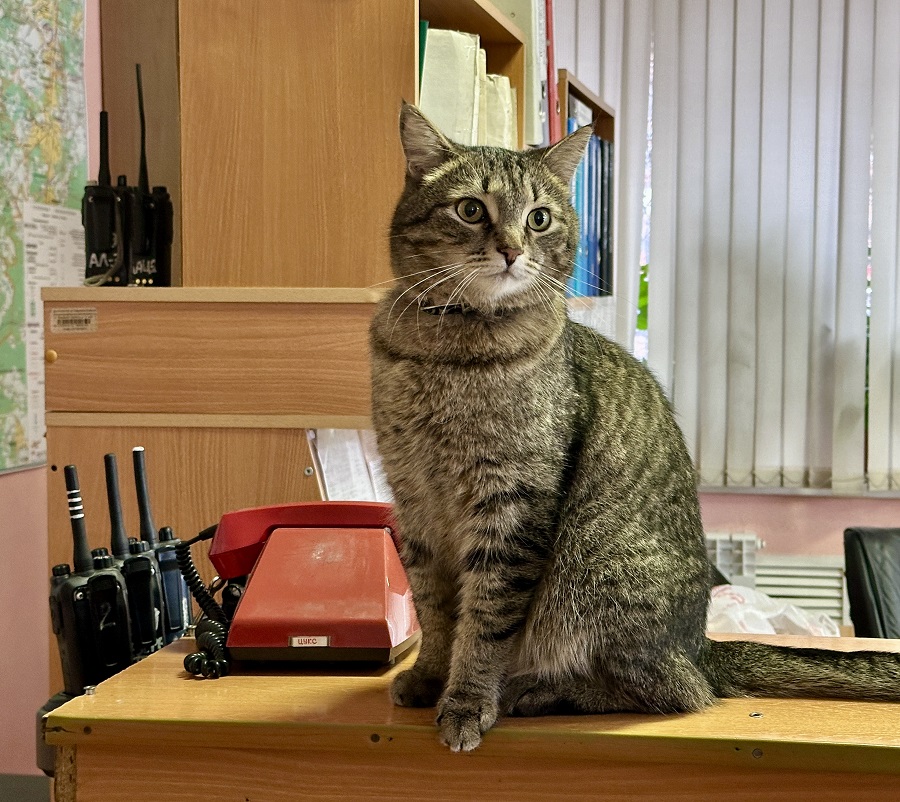The story of Labrador Noris and Alexander Detkin was told by journalists of the Rostov newspaper Molot. Our heroes live in the village of Orlovsky in the Rostov region, on the border with Kalmykia, the Volgograd Region, Stavropol and the Krasnodar Territory. In 2020, Alexander Viktorovich lost his eyesight due to illness and by the age of 62 became unable to move independently alone.
And then the All-Russian Society for the Blind helped, Alexander Detkin was lucky enough to get a guide dog. He is the first person in his village to receive such a gift.
"I was told that there was a suitable dog, but the person for whom it was being trained refused it. I was very worried and did not fully believe that this was happening to me. When the dog was taken away, he already had a nickname, he got it at birth according to his pedigree - Noris,” said Alexander Detkin.
And so the story of a great friendship began. And not just friendship. Alexander Viktorovich says that they not only found each other, but seemed to have grown together with Noris. Even though it's only been five months, they can't be without each other.
"He is a true helper and friend, first of all. It is a fact that the dog was trained and brought up properly. But when Noris and I have mastered the routes, it is worth saying a few words. If I take him by the harness, he leads me on the trail by himself, completely in control of the road without assistance. All obstacles, curbs, holes, depressions, inclines, arches, everything in my situation is flawless”, - Alexander Viktorovich continues his story.
Many people in the village know Alexander Detkin, especially the kids. After all, his daily route to the stadium, where he practices Nordic walking, runs through a school and kindergarten. Many guys come running to pet the patient and loving Noris. The black Labrador will never snap and easily allows himself to be stroked and played with. But it doesn't always happen that way. The guide dog is allowed to be near the owner without a muzzle. So a dog can help pick up something that a blind person has dropped or lost.
"We live in a village and have made sure that no one here is ready for a guide dog. Many drivers are not happy that the Noris can shed, and fear that the entire cabin will be covered in fur. And one day in the store, a woman made a remark to me that the dog was without a muzzle. But if I drop something, how will a dog in a muzzle pick it up? I didn't say anything back at the store at the time, but just dropped the cane on purpose. Noris immediately picked it up and gave it to me. Everyone calmed down. I adore Noris. He's probably the best friend in my life," Alexander Detkin notes.
And there was also a case when Alexander Viktorovich went to the center of the village and lost his orientation in space. I stood there and didn't understand where to go next. Unfortunately, this happens with the blind. Noris heard the command "Home" and took his friend to the right place.
Now Noris is two years old, he is still a young dog. And he's with his master to the end. Alexander Detkin received it free of charge from the All-Russian Guide Dog Training School of the All-Russian Society for the Blind. So the blind Alexander Viktorovich got not only a friend, but also the opportunity to live an almost fulfilling life.
Photo of the newspaper "Molot"


